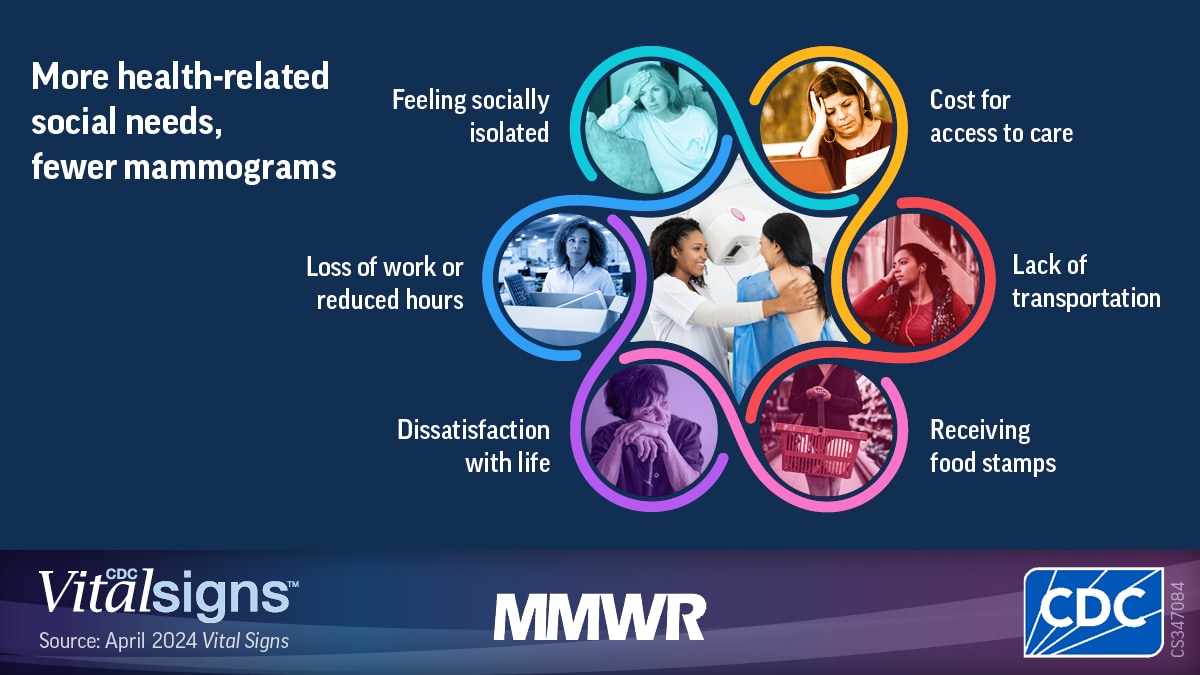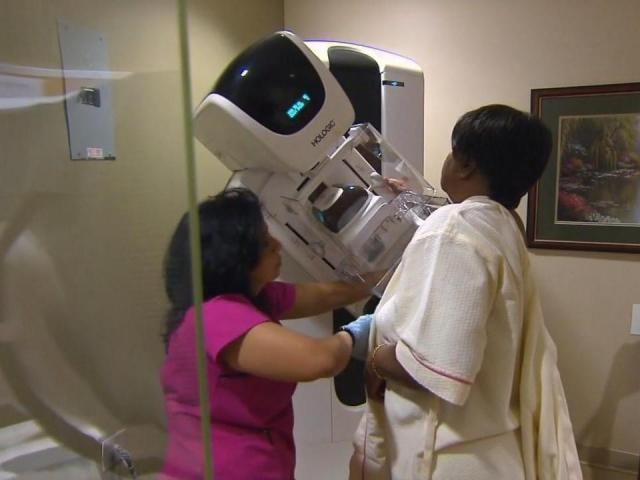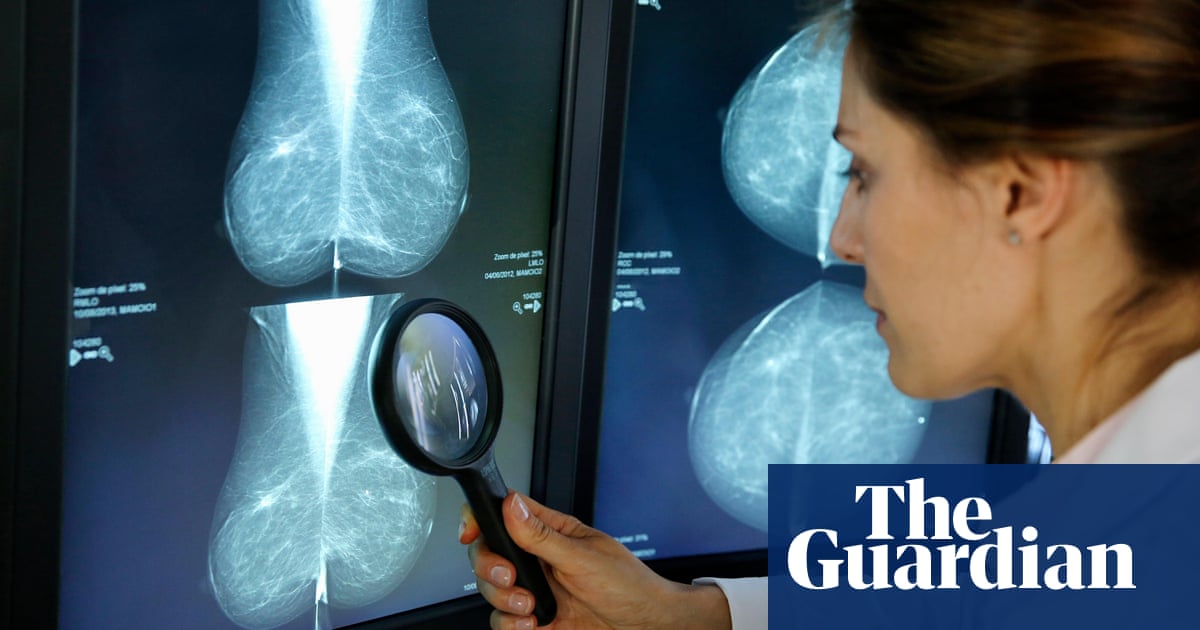
Breast cancer is a serious health concern for women, and mammography is recommended to screen for the disease. However, adverse social determinants of health (SDOH) and health-related social needs (HRSNs) can be barriers to receiving mammograms. Social isolation, life dissatisfaction, cost as a barrier to healthcare access are strongly associated with decreased mammography use.




